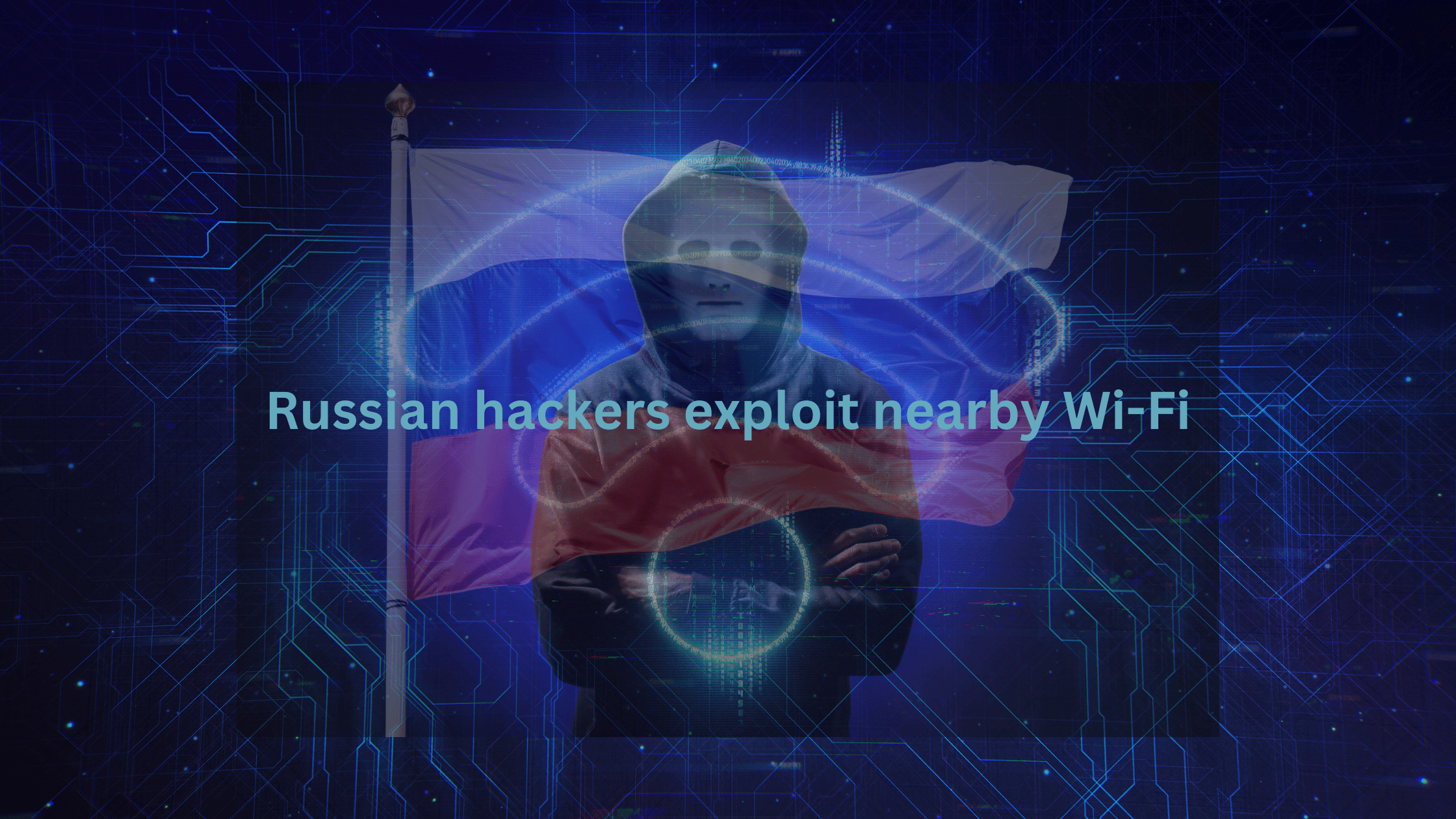Table of Contents
Russian Hackers Launch Sophisticated Wi-Fi Attacks, Using Neighbors as a Covert Entry Point
In a chilling display of cyber espionage, Russian hackers have devised a novel method to infiltrate distant Wi-Fi networks, utilizing a technique dubbed the "Nearest Neighbor Attack". This sophisticated strategy has been uncovered by cybersecurity firm Volexity, revealing a new class of attack where physical proximity is no longer a requirement for breaching Wi-Fi networks.
The attack was first detected by Volexity while investigating a network breach in Washington DC, where a Russian nation-state group, tracked as GruesomeLarch and otherwise known as Fancy Bear or APT28, was found to have compromised multiple organizations in close physical proximity to their ultimate target. The attackers, believed to be linked to Russia's military intelligence agency, employed this method to spy on a U.S. firm engaged in Ukrainian-related projects, aligning the breach with geopolitical tensions before Russia's invasion of Ukraine in early 2022.
The attack begins with hackers breaching a vulnerable Wi-Fi network in close geographic proximity to the intended target. They then leverage this compromised network to infiltrate the target's network, effectively conducting attacks from a distance without the risk of physical detection.
The process involves multiple steps. First, the hackers conduct password-spraying attacks to obtain valid credentials for the target's Wi-Fi network. However, the presence of multi-factor authentication (MFA) on public-facing services prevents direct access. Instead, they compromise nearby organizations, searching for dual-homed systems that connect to both wired and wireless networks, allowing them to breach the target's Wi-Fi network.
In this particular case, Volexity discovered that GruesomeLarch had compromised a nearby organization and used a laptop from that network to connect to the target's enterprise Wi-Fi. The attackers then moved laterally within the network, using native Windows tools like Cipher.exe to erase evidence and bypass endpoint detection and response products. They exploited a zero-day vulnerability in the Windows Print Spooler service (CVE-2022-38028) to escalate privileges within the victim's network, enabling data exfiltration.
The timing of the attack aligns with heightened tensions leading up to Russia's invasion of Ukraine in 2022, suggesting a motive to gather intelligence on Ukrainian-related projects. The attack was attributed to APT28 after matching indicators of compromise (IoCs) from a Microsoft report in April 2024.
This attack vector poses significant challenges for cybersecurity professionals, as it requires them to consider the security of neighboring networks as part of their threat landscape. Cybersecurity experts recommend organizations to reassess their Wi-Fi network security, limit Wi-Fi range, obfuscate network names, and implement separate networking environments for Wi-Fi and Ethernet networks. Authentication and certificate-based solutions are also advised to prevent similar breaches.
Visit our website to get cybersecurity updates like this, thesecmaster.com, and our social media page on Facebook, LinkedIn, Twitter, Telegram, Tumblr, Medium, and Instagram and subscribe to receive tips like this.
You may also like these articles:
Anthony Denis
Anthony Denis a Security News Reporter with a Bachelor's in Business Computer Application. Drawing from a decade of digital media marketing experience and two years of freelance writing, he brings technical expertise to cybersecurity journalism. His background in IT, content creation, and social media management enables him to deliver complex security topics with clarity and insight.
